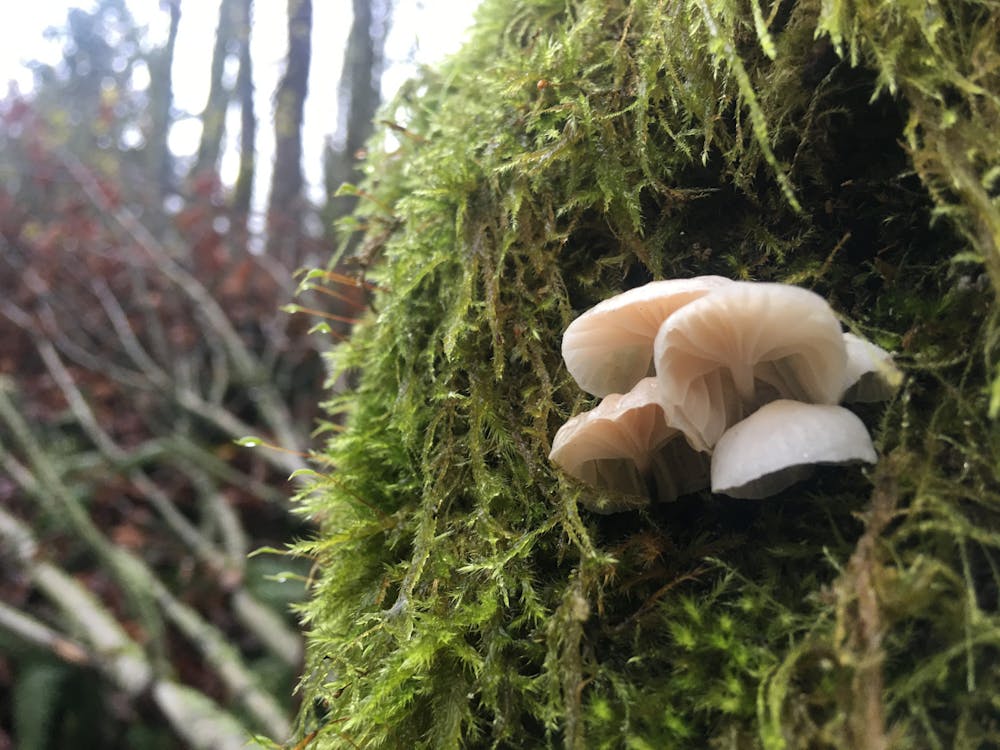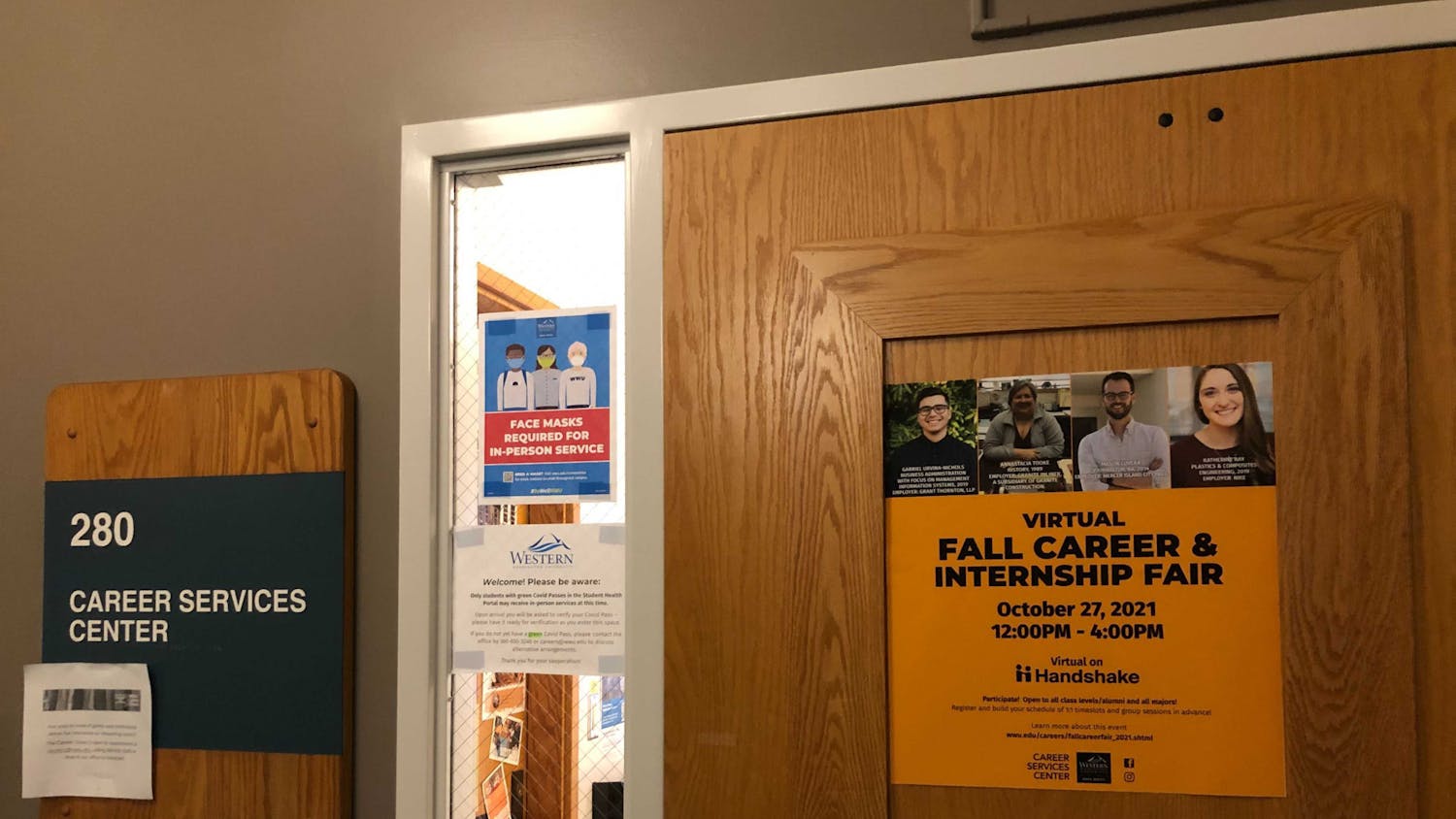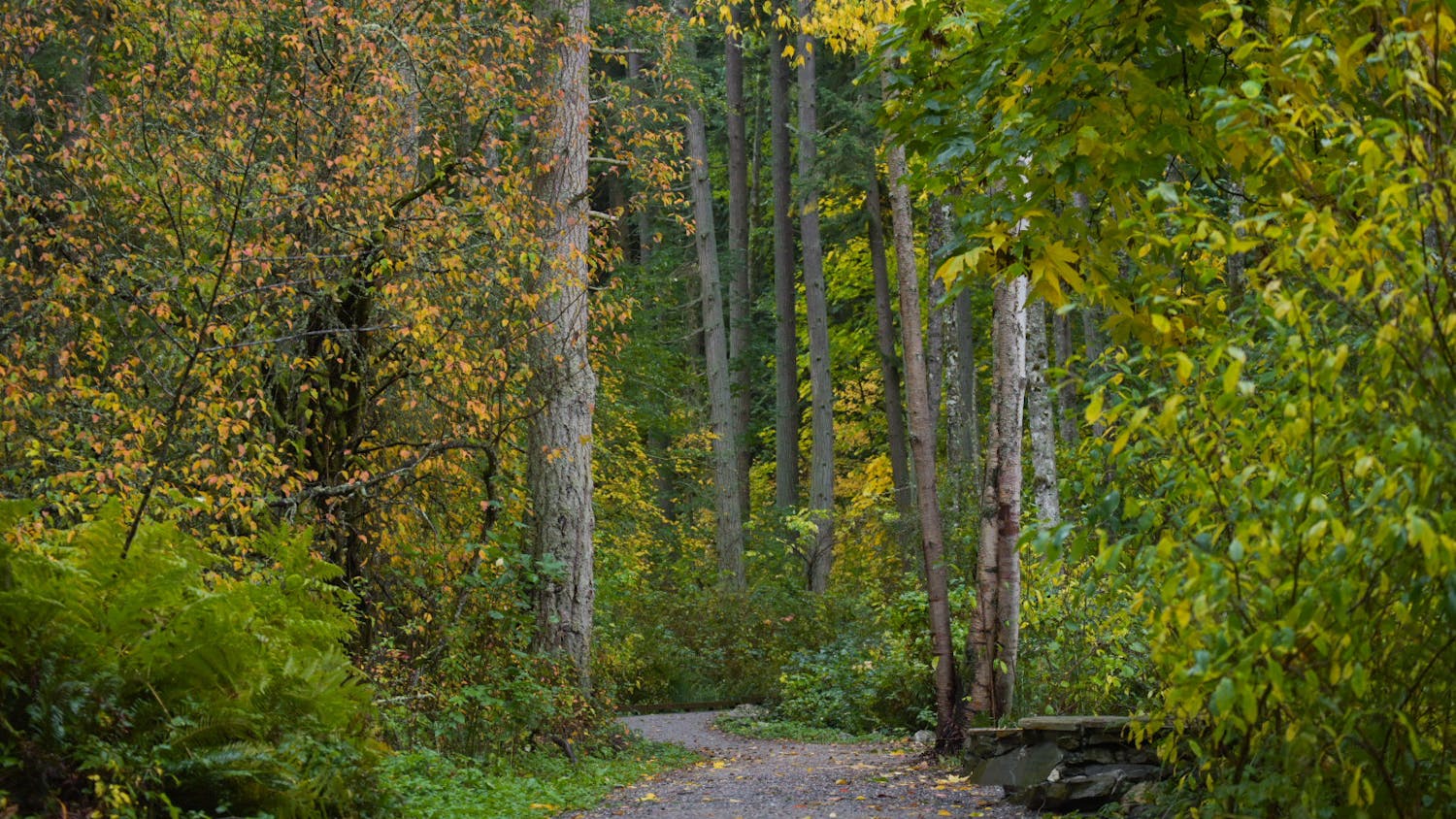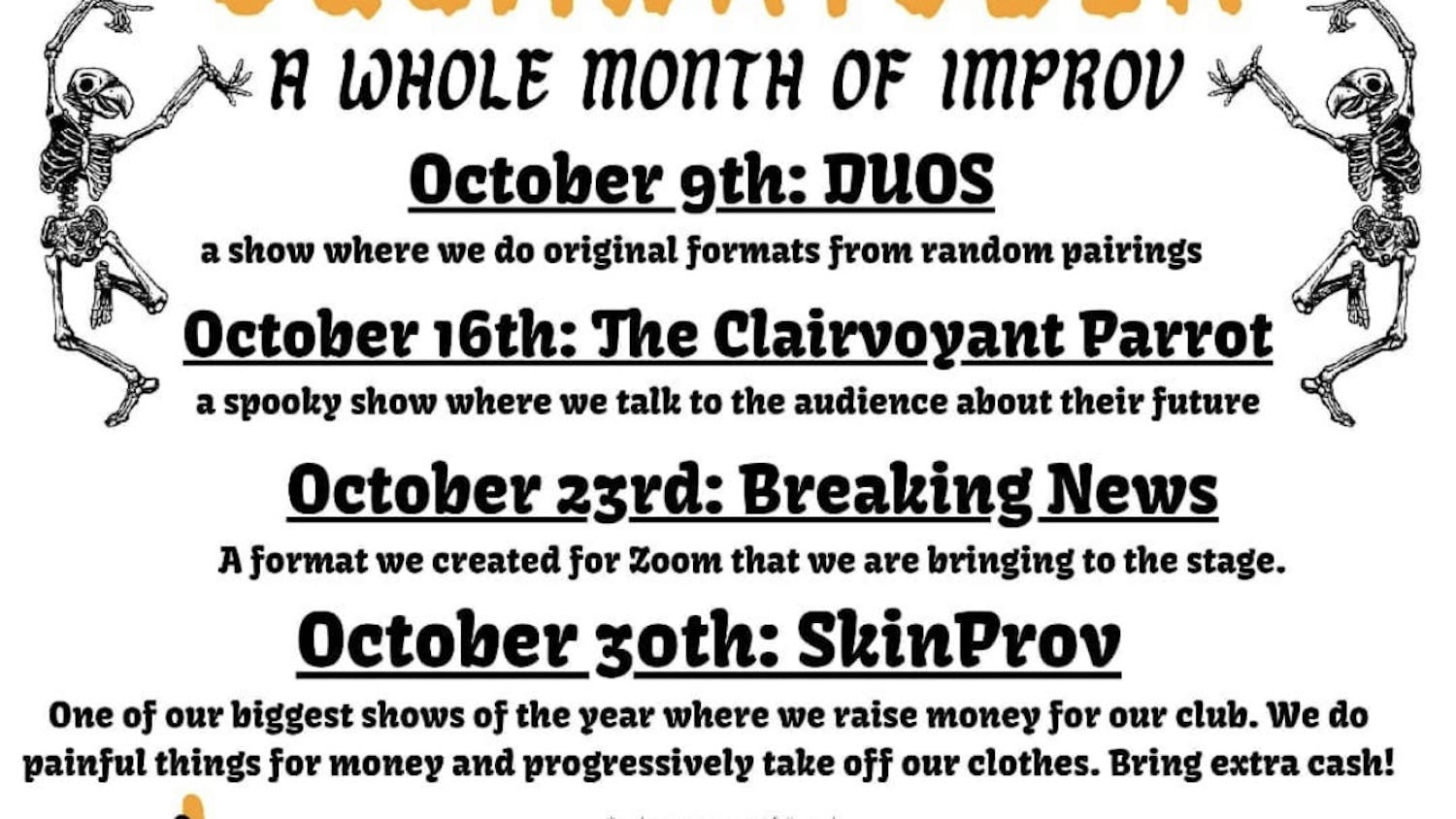The soil, decaying logs and fallen leaves of Western Washington University’s campus play host to residents that many don’t notice, but are incredibly fascinating. They are mushrooms.
From up in the arboretum to down in between academic buildings, a vast variety of mushrooms grow all over campus, helping to decay rotting plants and animals.
Examples of mushrooms you might find on and around campus are honey mushrooms, agaricus mushrooms – including the highly prized Prince Agaricus – wild porcini, lion’s mane, lobster mushrooms, chanterelles, funeral bells – highly poisonous, as the name suggests – among many others.
“In general, we have a lot of species diversity in the Pacific Northwest because we have a lot of habitat diversity,” said Abe Lloyd, a Western professor who teaches in the Huxley College of the Environment and the Fairhaven Interdisciplinary College. “We have areas at sea-level that are floodplains, and we have habitats that go all the way to the top of high mountains.”
The humid, temperate climate of the Pacific Northwest is conducive to fungal life thriving as well.
“Not a lot of mushrooms do well with intensely cold temperatures, frozen ground and ground covered with snow,” Lloyd said. “We don’t have much of that, at least in the lowlands. They might not fruit all year long, but the mycelium can continue to grow underground.”
As there is so much fungal biodiversity in the Pacific Northwest region, there tends to be a lot of people, including Western students, interested in the subjects of mycology, the study of fungi and edible mushroom foraging.
“This location is honestly ideal,” said first-year student Miles Stewart, a geology major. “Just walking around I’ve seen so many types I’ve never seen in person before.”
Evan Holmstrom, learning center program coordinator at the North Cascades Institute, said that mushrooms have a unique fascination surrounding them — that certain je ne sais quois.
“[Mushrooms] have a charming oddity to them,” Holmstrom said. “It’s hard to find the words to refer to it, but just the gestalt of looking at a mushroom has a very different aura to it.”
Holmstrom explained that, because mushrooms are different from both animals and plants, studying them feels distinctive and novel.
“Mushrooms don’t photosynthesize, but they also don’t move,” he said. “They have spores, which are slightly different than seeds, and they just make different connections.”
Beyond the interesting biological aspects of mushrooms, they also have a unique place in various cultural traditions across the world. Numerous types of mushrooms are prized for their uses in cooking, dyeing and ceremony.
“There are a few species that were used traditionally, and still are used traditionally, here in the Northwest Coast area,” Lloyd said. “Though I think today mushrooms are used perhaps more by indigenous peoples than they were prior to contact.”
People continue to use mushrooms for various purposes regularly, including foraging for mushrooms out in the woods and bringing them home to eat.
However, it is important that people are able to identify many different types of mushrooms if they want to forage. While some mushrooms can be delicious and nutritious, others can be poisonous and even deadly.
Holmstrom has a word of advice for anyone who’s interested in starting to learn how to forage.
“Take classes, look into mycological societies and get social about it,” he said. “That’s going to help you build your skills.”
Learning from experienced people is the best way to be safe about mushroom foraging because they’ll know the differences between those that are safe to eat and those that are not.
Mushrooms, around campus and in the arboretum, are extremely abundant and fascinating to many people. They captivate the attention and imagination of students and allow people to learn about ecology and the natural world around them.
“I’m always learning more, and I feel lucky to be in a place that has such abundant mycology,” Stewart said.
Sam Pearce is a third-year Journalism and Creative Writing double major at WWU. He writes for Campus Life at The Front. He also enjoys pop music, obscenely long sci-fi/fantasy novels, and kaiju movies from the 90s. You can contact him via email sampearce.thefront@gmail.com.






